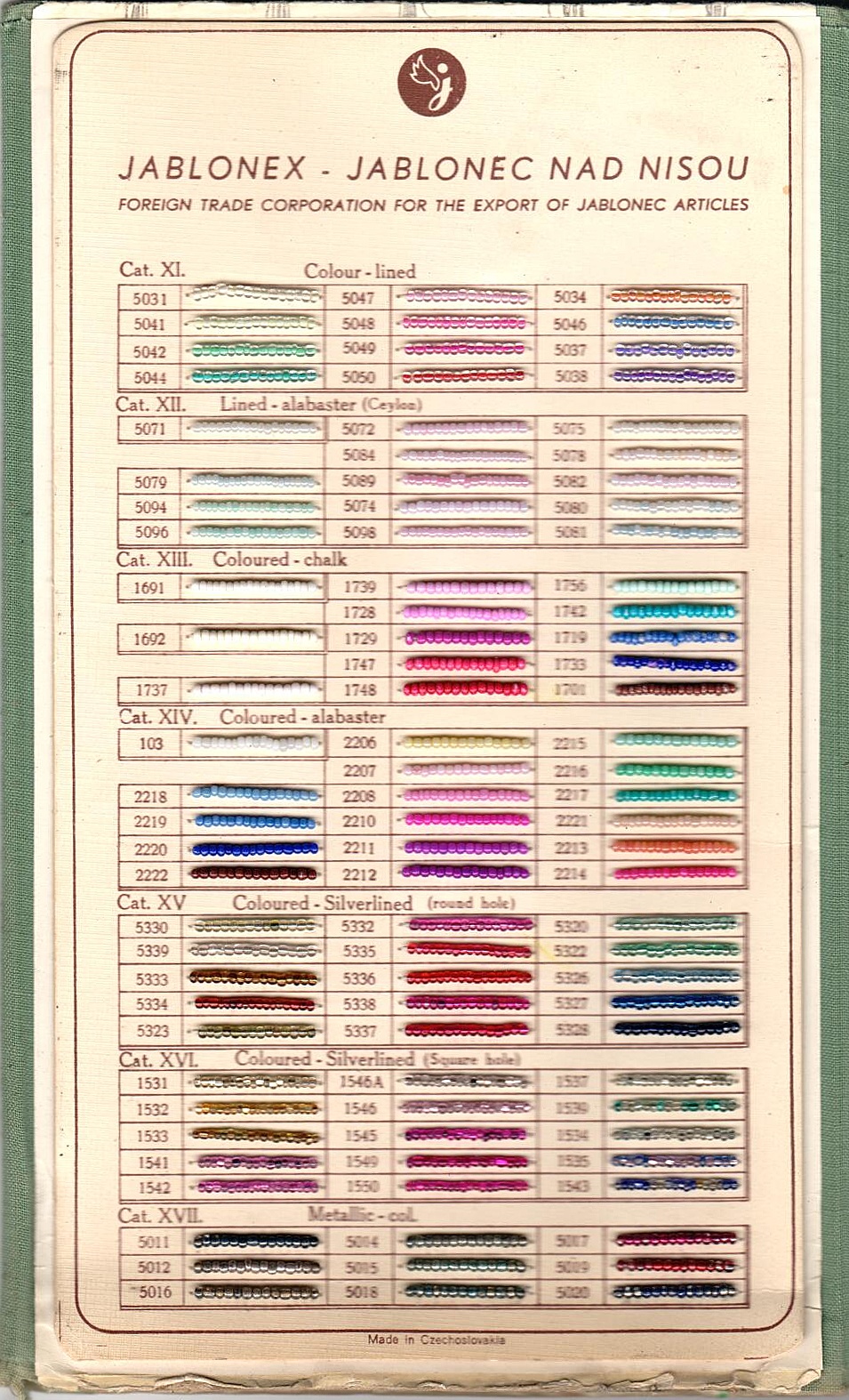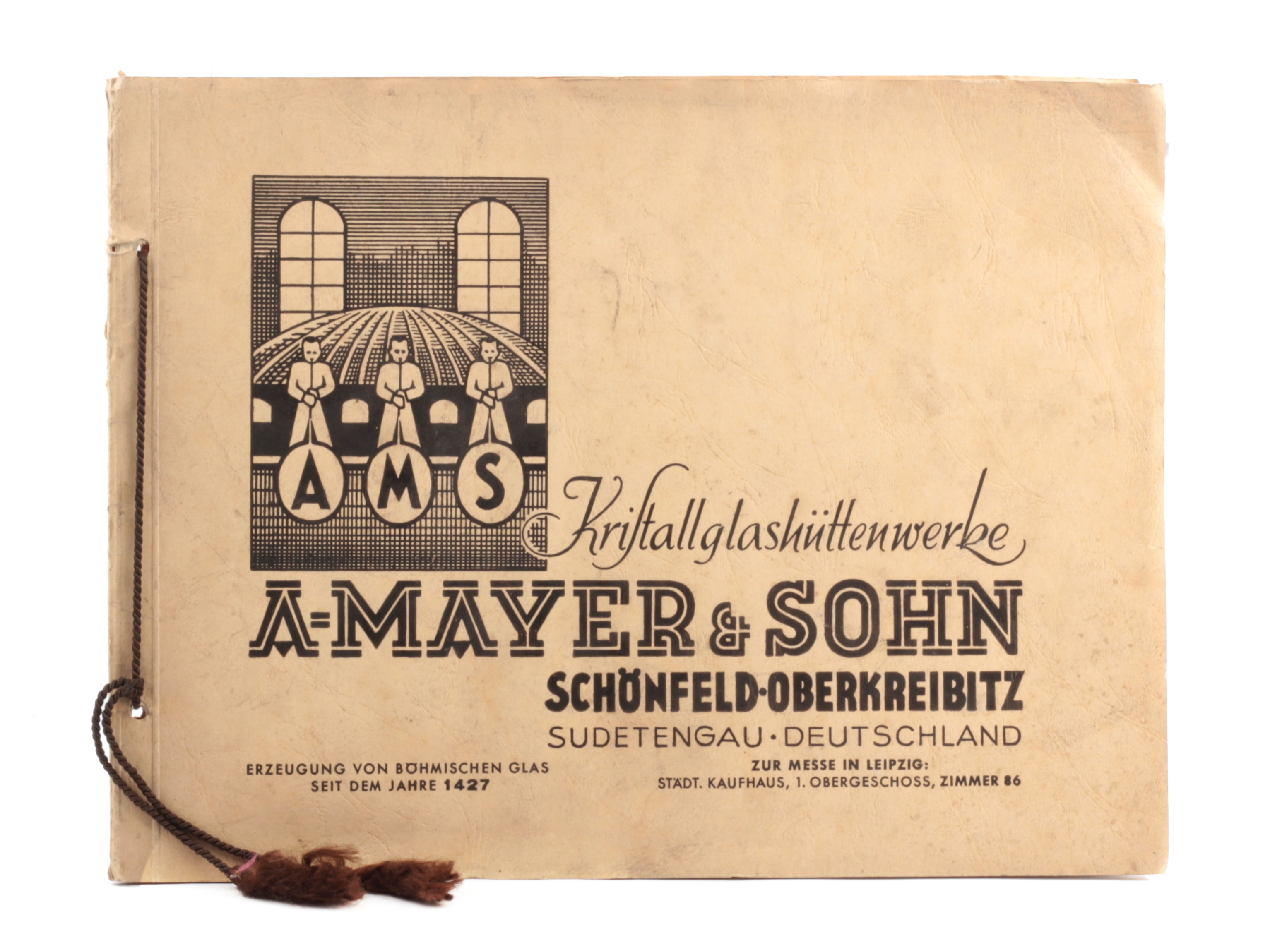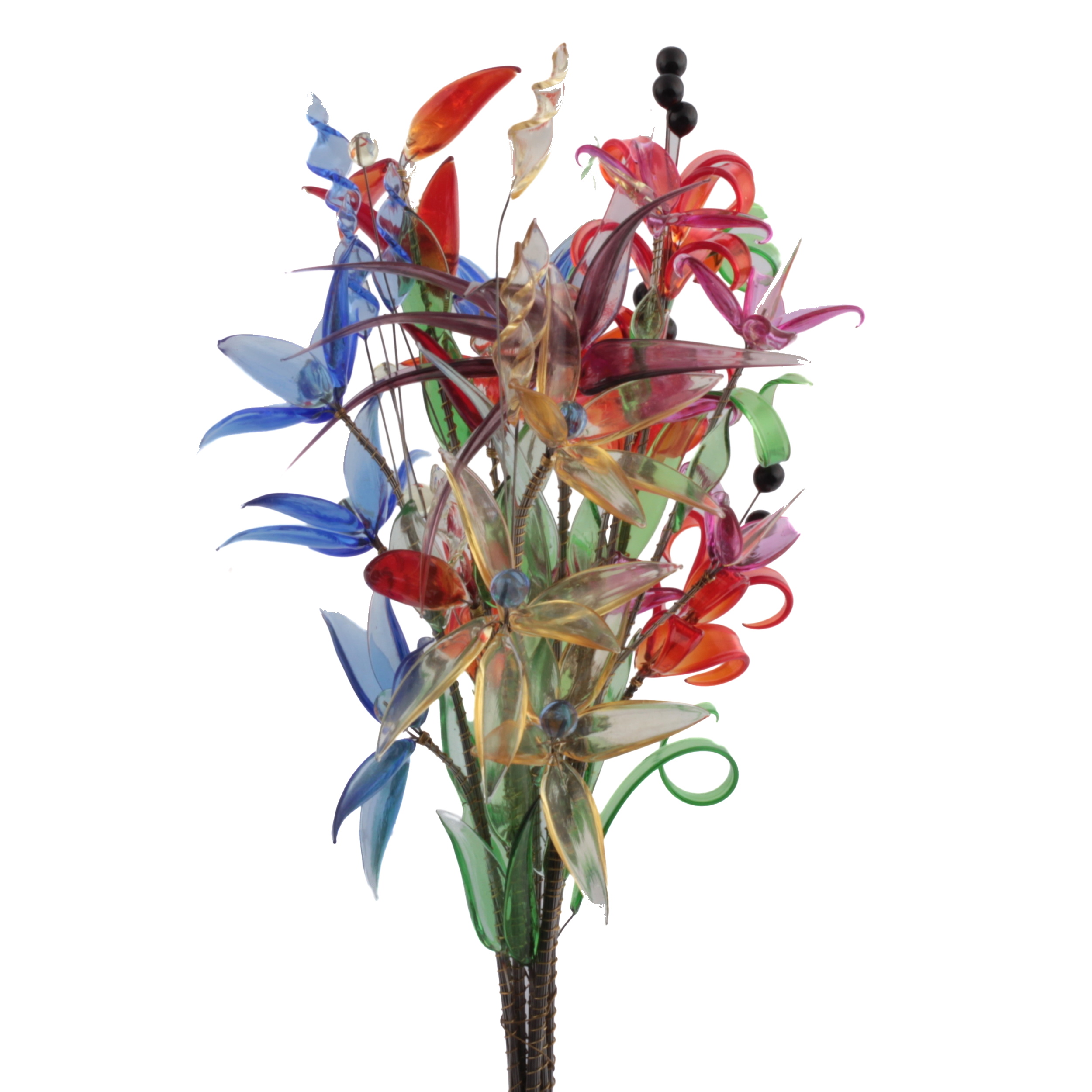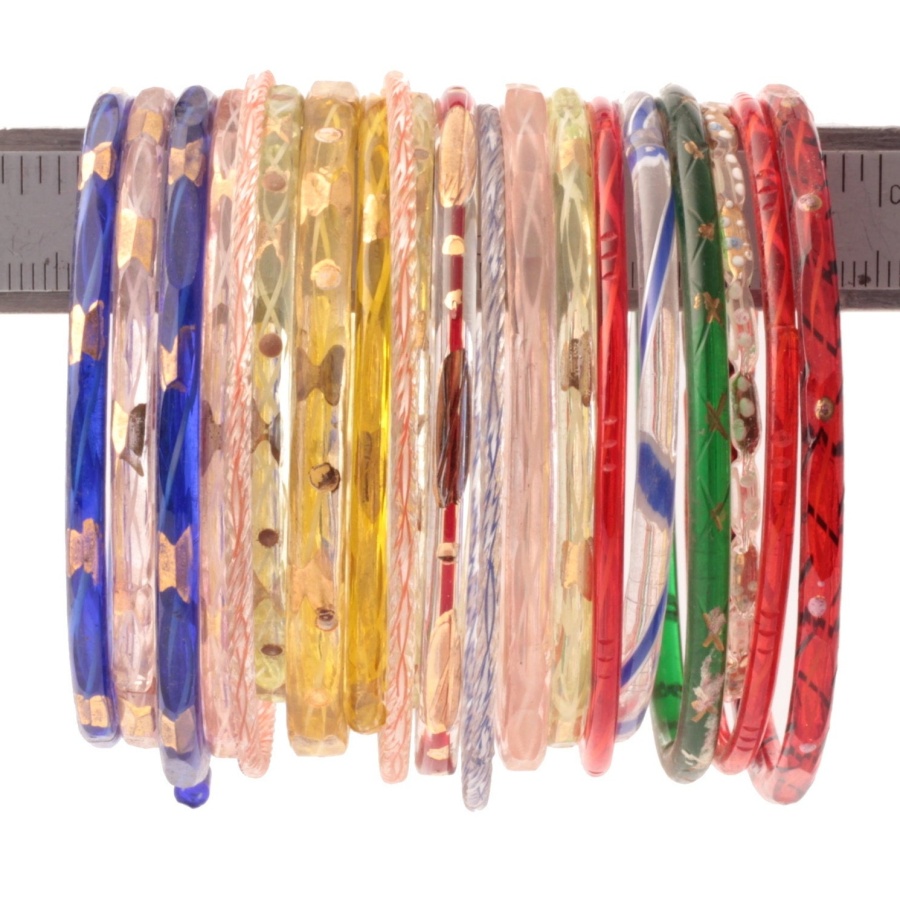
A History of Czech Glass Buttons
A HISTORY OF CZECH GLASS BUTTONS
The majority of Czech glass buttons have come from what is the Jablonec region, an area in the Jizera mountains with abundant natural resources ideal for button production.
The oldest known button maker of the region was Heinrich Heydrich (born 1703) who originally started making buttons from tin. Glass from the Jizera mountains was first used to make buttons from the 1760's with lampwork glass set into metal bases. Pressed button production started in the same period with highly faceted diamond cut glass set into metal beds.
The production of glass insets for metal buttons continued until the 1820's. Sometime between 1829 and 1832 the first pressed, cut button with no need for a metal base was produced. The first products were not of particularly good quality but soon pressed and cut glass buttons began competing with other types of buttons. Production problems were based on the fact that metal loops were directly soldered onto the button.
Pressed glass buttons were made by pressing heated glass from rods into molds using metal tongs. By the end of the 1820's this was one of the most widespread trades in the Jizera mountains. Dozens of pressing plants, identified by the tall chimneys, sprung up all over the hills and valleys. By the second half of the 1800's there were 160 pressing plants.
The centres of glass button production started to concentrate in several towns but sales centred around Jablonec nad Nisou which was at the forefront of metal button production. In Smrzovka production of luxurious lustre cameo buttons was underway between 1835 and 1845. These early luxury glass buttons commanded extremely high prices at the time. Soon other craftsmen joined the glass making companies including specialist engravers who would make the impression molds for pressing buttons.
The manufacturers and exporters of buttons experienced unprecedented growth after 1864. The range on offer amounted to five types, exclusively made of black glass as was the trend at the time. The first buttons were made with the metal loop embedded in the glass and soon the first glass loop appeared.
The second half of the 1800's saw rapid improvements in technology and button production consisted of several thousand types, from cheap pressed buttons to expensive and luxurious cut and richly decorated buttons. The fashion was predominantly for hand painted designs until the 1880's when the trend for black returned. Throughout the 19th century there were wild swings in the economies of button manufacturers but each crisis bought new innovation. In 1885 there were 176 button producers in the Jablonec region.
At the beginning of the 20th century, unfair foreign competition hit the industry hard but again the Jablonec manufacturers fought back with the introduction of colored glass, lacy buttons and lampwork buttons for waistcoats and gloves. Despite the luxury market performing well, the continual clogging of the market with inferior buttons, foreign competition and war finally led to a downturn in interest right up to the end of the first world war.
During the inter war period, the glass button industry was at its most stable. Centralised production, the ability to make luxury items and the ownership of exact pressing molds all contributed. The button molds were extremely expensive to make which put off a lot of foreign competitors. In 1925, 1340 tons of buttons were exported, over one third heading to the USA. The best year was 1928 when 2132 tons were exported. Soon competition from plastic and wood and the economic downturn of the 1930's caused a huge drop in export. However there was a rise in the production of silver colored and gold plated buttons in the early 1930's.
After 1938 the foreign market was lost and the biggest customer became the German army. The end of the Second World War saw the first wave of expropriation and nationalisation. The market bounced back with the USA hungry for glass buttons after the war. The national enterprise known as Sklenena bizuterie was set up in 1948, incorporating 143 companies and practically all button makers. In 1952 PZO Jablonex and Zeleznobrodske sklo were established as state industries. Until the 1990's the industry had peaks and troughs. Political turmoil, competition from other materials, restructuring of state industries and ideological blindness all contributed to the fall of the once flagship Jablonec industry.
Original antique Czech button molds
Vintage Art Deco era sample book of Czech Glass Buttons
Antique Victorian Czech black glass buttons
 Antique button pressing pliers
Antique button pressing pliers




















Comments2